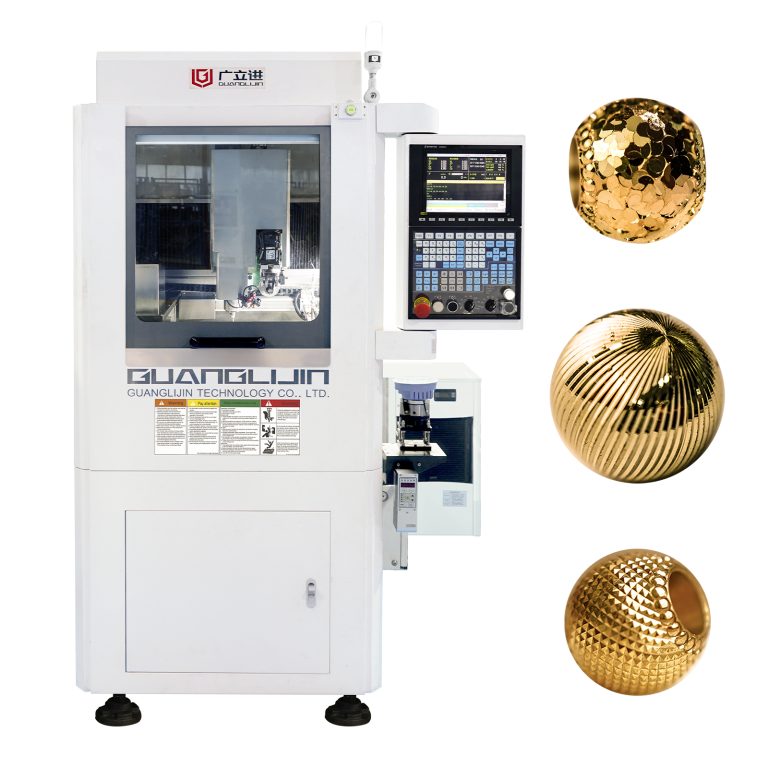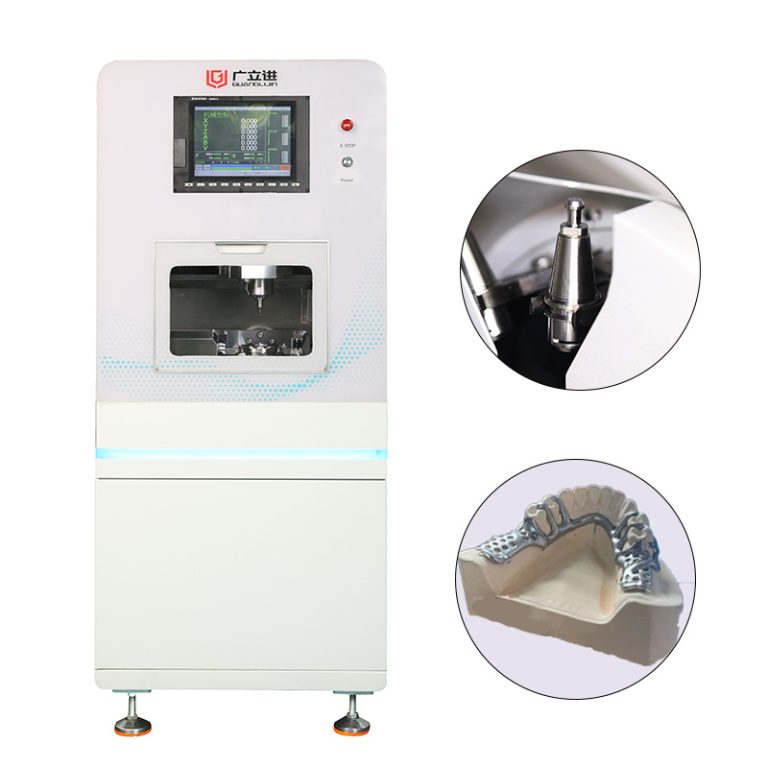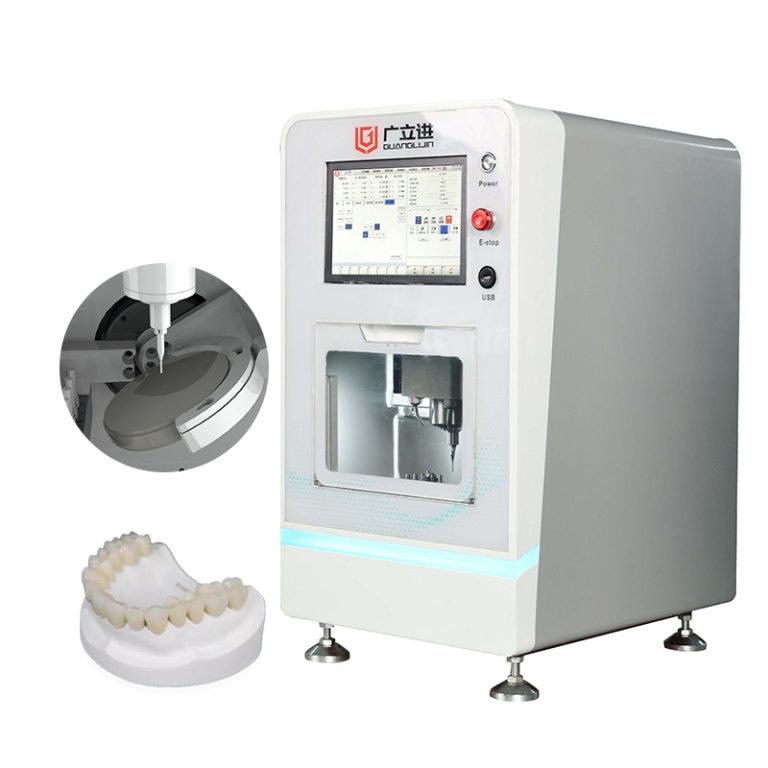How to Choose CNC Grinding Machines for Perfect Results?
The Precision Dilemma: Why Selection Matters
Choosing the wrong CNC grinding machine can cost thousands in scrapped parts. Modern manufacturers face a tough challenge: balancing precision needs with budget constraints. The right machine should match your material, tolerance requirements, and production volume.
According to Gardner Intelligence, 34% of grinding machine buyers regret their purchase within 12 months. Typically because they underestimated their precision needs or overpaid for unnecessary features.
CNC vs. Conventional Grinders: Key Differences
| Feature | CNC Grinding Machine | Manual Grinder |
|---|---|---|
| Accuracy | ±0.001mm | ±0.01mm |
| Setup Time | 15-30 mins | 1-2 hours |
| Operator Skill | Programming | Hand-eye coordination |
Interesting fact: CNC machines can maintain accuracy through 10,000+ cycles. That’s why aerospace companies use them for mission-critical components.
5-Step Selection Process for CNC Grinders
Finding Your Perfect Match
- Define your tolerances: Medical parts need ±0.002mm, while automotive may tolerate ±0.02mm
- Material matters: Hardened steel requires CBN wheels, aluminum needs special lubricants
- Calculate ROI: A $150,000 machine paying back in 18 months beats a $80,000 one needing 3 years
- Test before buying: Always grind sample parts during machine demonstrations
- Plan for growth: Choose a model that can handle future larger parts or volumes
We learned this the hard way in 2023 when our “bargain” CNC surface grinder couldn’t handle new nickel alloy workpieces.
Costly Mistakes to Avoid
⚠ Warning: Don’t overlook maintenance costs. A 2024 study by Modern Machine Shop found maintenance can reach 20% of purchase price annually.
⚠ Warning: Avoid generic grinding wheels. Using the wrong abrasive reduces wheel life by 50% and risks part damage.
Surprisingly, many shops buy machines too large for their workspace. Measure your floor space before shopping!
Real-World Applications: What Works Where
Different industries need different CNC grinding solutions:
- Medical implants: 5-axis machines for complex geometries
- Automotive: High-speed cylindrical grinders for shafts
- Tool & die: Jig grinders with optical measuring
For example, Swiss-type CNC grinders excel at small precision parts, while vertical machines handle large dies best.
Pre-Purchase Checklist
Use this when evaluating CNC grinding machines:
- ☑ Verify maximum workpiece dimensions (length/diameter/weight)
- ☑ Check available spindle power (7.5kW minimum for steel)
- ☑ Confirm control system compatibility with your CAM software
- ☑ Inspect chip management system effectiveness
- ☑ Review service technician availability in your area
Frequently Asked Questions
What’s the ideal CNC grinding machine for beginners?
Look for user-friendly controls like Fanuc or Siemens, and start with basic surface grinding machines. Training time drops 40% compared to complex 5-axis systems.
How long do CNC grinding machines typically last?
With proper maintenance, premium machines last 15-20 years. Critical components like spindles may need rebuilding after 50,000 hours.
Can old manual grinders be converted to CNC?
Technically yes, but retrofitting costs often reach 60% of a new machine’s price. It’s rarely economical unless you have specialty equipment.
What’s better for mold making – CNC milling or grinding?
For hardened steel molds, CNC grinding machines deliver superior surface finish. Milling works better for soft materials and rough shaping.




